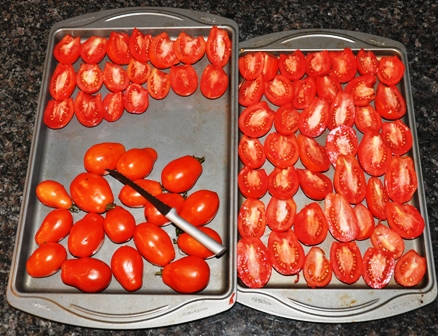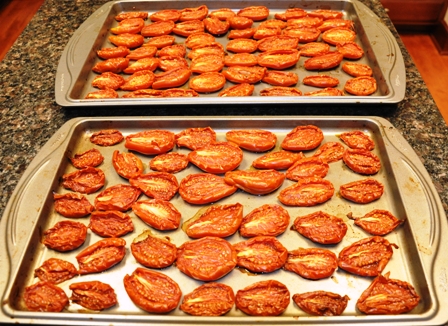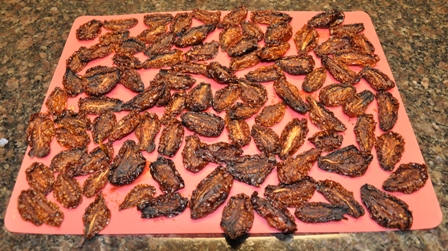
Key Nutrients for Plants and VegetablesEpsom Salt is
Magnesium Sulfate —
As spring draws near, some of the country’s top gardeners recommend using Epsom salt as an inexpensive way to start or improve your garden.
Epsom salt – actually magnesium sulfate – helps seeds germinate, makes plants grow bushier, produces more flowers, increases chlorophyll production and deters pests, such as slugs and voles. It also provides vital nutrients to supplement your regular fertilizer.
Cornell University Assistant Professor Neil Mattson says plants will show visual cues if they are starved for a particular nutrient. If a plant’s leaves turn yellow all over the plant, it can be a sign they need more sulfate. If lower leaves turn yellow between the veins (that is the veins stay green), they may need more magnesium. Some nutrient disorders can look alike so growers can contact their county extension agents either before they plant to test a soil sample or, if they notice a problem, they can bring in a plant for diagnosis.
“Plants need those building blocks." says Mattson." Magnesium and sulfur are essential nutrients.”
Although magnesium and sulfur occur naturally in soil, they can be depleted by various conditions, including heavy agricultural use. But unlike most commercial fertilizers, which build up in the soil over time, Epsom Salt is not persistent so you can’t overuse it.
Epsom Salt is recommended by Master Gardeners and used regularly by commercial growers around the world. Tests by the National Gardening Association confirm that roses fertilized with Epsom Salt grow bushier and produce more flowers, and it also makes pepper plants grow larger than those treated only with commercial fertilizer.
Here are some other tips for using Epson salt in the garden:
- Houseplants: 2 tablespoons per gallon of water; feed plants monthly.
- Roses: 1 tablespoon per foot of plant height per plant; apply every two weeks. Also scratch 1/2 cup into soil at base to encourage flowering canes and healthy new basal cane growth. Soak unplanted bushes in 1 cup of Epsom Salt per gallon of water to help roots recover. Add a tablespoon of Epsom Salt to each hole at planting time. Spray with Epsom Salt solution weekly to discourage pests.
- Shrubs (evergreens, azaleas, rhododendron): 1 tablespoon per 9 square feet. Apply over root zone every 2-4 weeks.
- Lawns: Apply 3 pounds for every 1,250 square feet with a spreader, or dilute in water and apply with a sprayer.
- Trees: Apply 2 tablespoons per 9 square feet. Apply over the root zone 3 times annually.
- Garden Startup: Sprinkle 1 cup per 100 square feet. Mix into soil before planting.
Epsom salt – actually magnesium sulfate – is one of the most versatile household products, with uses ranging from creating at-home spa treatments to soothing achy muscles to helping start or improve gardens. It’s been used therapeutically for hundreds of years, and it’s gaining a new generation of fans looking for a safe, economical alternative in a sea of expensive, over-the-counter remedies. Epsom salt is easy to use, easy to find in your local pharmacy or grocery store and it costs about the same per use as a cup of coffee.
Courtesy of: www.perfectgardeningtips.com
Repinned FYI: www.hummingbirdjewelry1.etsy.com.








 Courtesy of www.naturalnews.com
Courtesy of www.naturalnews.com






